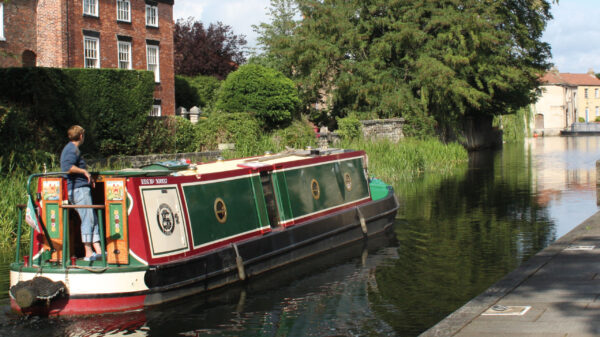The Ripon Canal
The Ripon Canal runs from Oxclose Lock, where it joins the river Ure, and then on to Ripon. It was authorised by an Act of Parliament in 1767 and opened in 1773. The Ripon Canal was built to connect Ripon with York and the Humber Estuary via the rivers Ure and Ouse. The Canal was a moderate success, but sold to the Leeds and Thirsk Railway Company in 1847, which was then absorbed into the North Eastern Railway in 1854. The Ripon Canal was then neglected and by 1892 was effectively disused. The first attempt to abandon the waterway was made by the North Eastern Railway in 1894 but local opposition prevented it. It was then offered to the Corporation of York as a gift but was not accepted, so the canal remained with the railway until being nationalised at the beginning of 1948.
An offer by the Docks and Inland Waterways Executive (part of the British Transport Commission) to sell the canal to Ripon Corporation in 1952 was declined. Luckily, closure of the canal was unpopular locally and this prevented it from being filled in.


